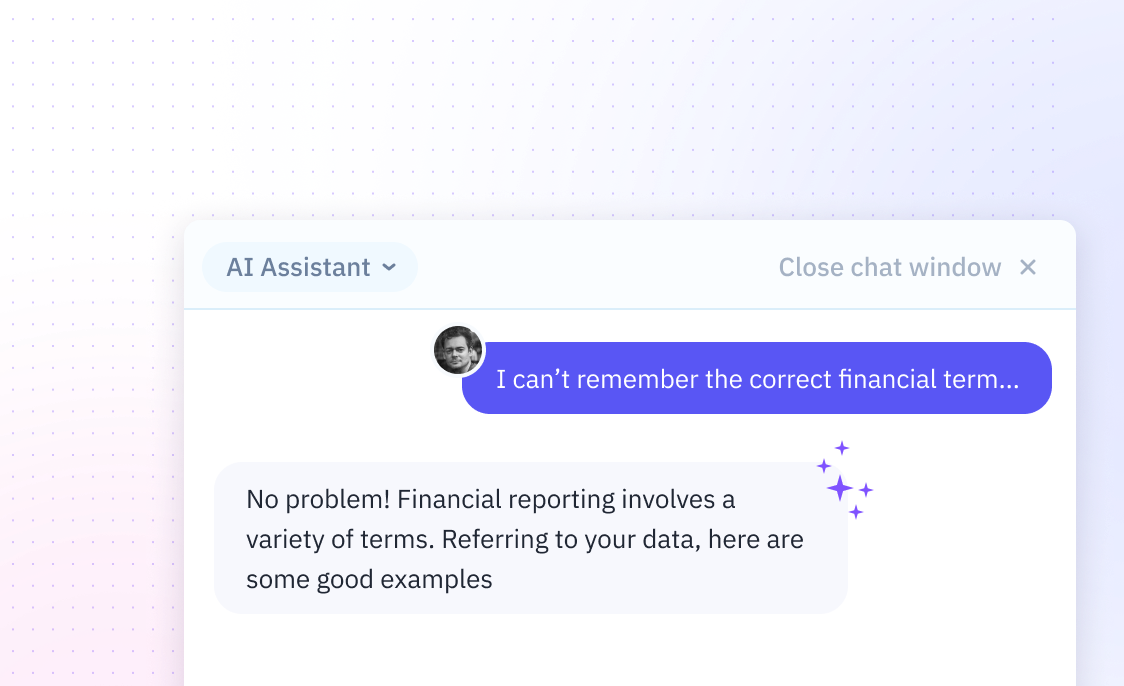
How To Select Adjacent Cells In Excel
Introduction
Selecting adjacent cells in Excel is a fundamental skill for effectively managing and analyzing data. This task involves clicking and dragging the mouse or using keyboard shortcuts to highlight multiple cells.
Our guide will cover the step-by-step methods to select contiguous cell ranges in Excel. We'll also show how Sourcetable's AI chatbot eliminates manual cell selection entirely by letting you analyze data, create visualizations, and perform complex operations through simple conversation - try Sourcetable now to experience a more intuitive way to work with spreadsheets.
How to Select Adjacent Cells in Excel
Mouse Selection Methods
The most common way to select adjacent cells is using your mouse. Click the starting cell, then drag the cursor to the last cell while holding the left mouse button. The cells will highlight as you drag.
Keyboard Methods
Use Shift+Arrow Keys to add cells to your selection. Hold Shift, click the starting cell, then click the ending cell to select all cells between. For larger ranges, use Ctrl+Shift+Arrow Keys to select multiple contiguous cells quickly.
Advanced Selection Shortcuts
Ctrl+Home selects the first visible cell. Ctrl+End selects the last used cell. Ctrl+Shift+Home selects everything from the active cell to the sheet's beginning. Ctrl+Shift+End selects all cells from the active cell to the last used cell. Ctrl+A selects the current used range, and pressing it twice selects the entire sheet.
Alternative Selection Methods
Type cell references or ranges in the Name box or Go To dialog to select specific adjacent cells. Use the Special button in the Go To dialog to select cells meeting specific criteria, such as formulas or visible cells only.
Excel Web Version
In Excel for the web, click and drag to extend the range, similar to the desktop version.
Excel Adjacent Cell Selection: Key Use Cases
Quick Formula Application Across Cells
Save time by applying the same formula to multiple neighboring cells at once. This is particularly useful when working with large datasets that require consistent calculations throughout.
Efficient Bulk Cell Formatting
Format multiple cells simultaneously to maintain consistent styling across your spreadsheet. This includes changing font styles, colors, borders, and number formats in one swift action.
Seamless Range Summation
Calculate totals quickly by selecting and summing continuous ranges of numbers. This eliminates the need to manually input cell references and reduces the risk of calculation errors.
Automated Pattern Replication
Extend sequences and patterns by copying them to adjacent cells automatically. This is invaluable for creating date ranges, numbered lists, or any sequential data series.
Data Consistency Verification
Compare information across adjacent rows or columns to check for consistency and identify discrepancies. This helps maintain data integrity and spot potential errors in your spreadsheet.
Excel vs Sourcetable: Modern Spreadsheet Solutions
Excel has been the go-to spreadsheet software for decades, but Sourcetable represents the next evolution in spreadsheet technology. While Excel relies on manual function inputs and complex features, Sourcetable is an AI-powered spreadsheet that lets you create, analyze, and visualize data through simple conversation. Simply tell Sourcetable's AI chatbot what you want to do, and it handles the complex work for you. Try Sourcetable at app.sourcetable.com to answer any spreadsheet question.
AI-Powered Workflow
Excel requires manual input of functions and formulas for data analysis. Sourcetable lets you chat with an AI assistant to create spreadsheets, generate sample data, analyze datasets, and create visualizations instantly.
Data Processing
Excel has size limitations and can struggle with large datasets. Sourcetable handles files of any size and connects directly to databases, letting you analyze any amount of data through simple conversation with its AI.
Ease of Use
Excel demands expertise in functions, formulas, and features. Sourcetable eliminates this learning curve by letting users describe what they want in plain language to its AI chatbot.
Visualization Capabilities
Excel requires manual chart creation and formatting. Sourcetable's AI automatically transforms your data into stunning visualizations based on your conversational requests.
Analysis Capabilities
Excel needs precise function knowledge for complex analysis. Sourcetable performs any analysis by understanding your goals through natural conversation with its AI assistant.
Frequently Asked Questions
How do I select multiple adjacent cells in Excel?
There are two main ways: 1) Click the first cell and drag over the other cells you want to select, or 2) Click the first cell, hold down SHIFT, and click the last cell in the range.
How can I select adjacent cells using just my keyboard?
Hold down the SHIFT key while pressing the arrow keys to select adjacent cells in the direction you press.
How do I select an entire row or column of adjacent cells?
To select an entire column, click the letter at the top of the column. To select an entire row, click the row number on the left side.
How do I select all cells in a worksheet?
You can either click the Select All button or press CTRL+A to select all cells in the worksheet.
Mastering Cell Selection in Excel with Sourcetable
Selecting adjacent cells in Excel is a fundamental skill for efficient data management. However, Sourcetable eliminates the need for manual cell selection and complex Excel functions entirely. As an AI-powered spreadsheet, Sourcetable allows you to create, analyze, and visualize data through simple conversations with its chatbot interface.
With Sourcetable, you can upload any size file or connect directly to your database for instant analysis. Instead of learning Excel features, simply tell Sourcetable's AI what you want to accomplish, and it will handle everything from data processing to creating stunning visualizations.
Sign up for Sourcetable today and let AI answer any spreadsheet question instantly.






